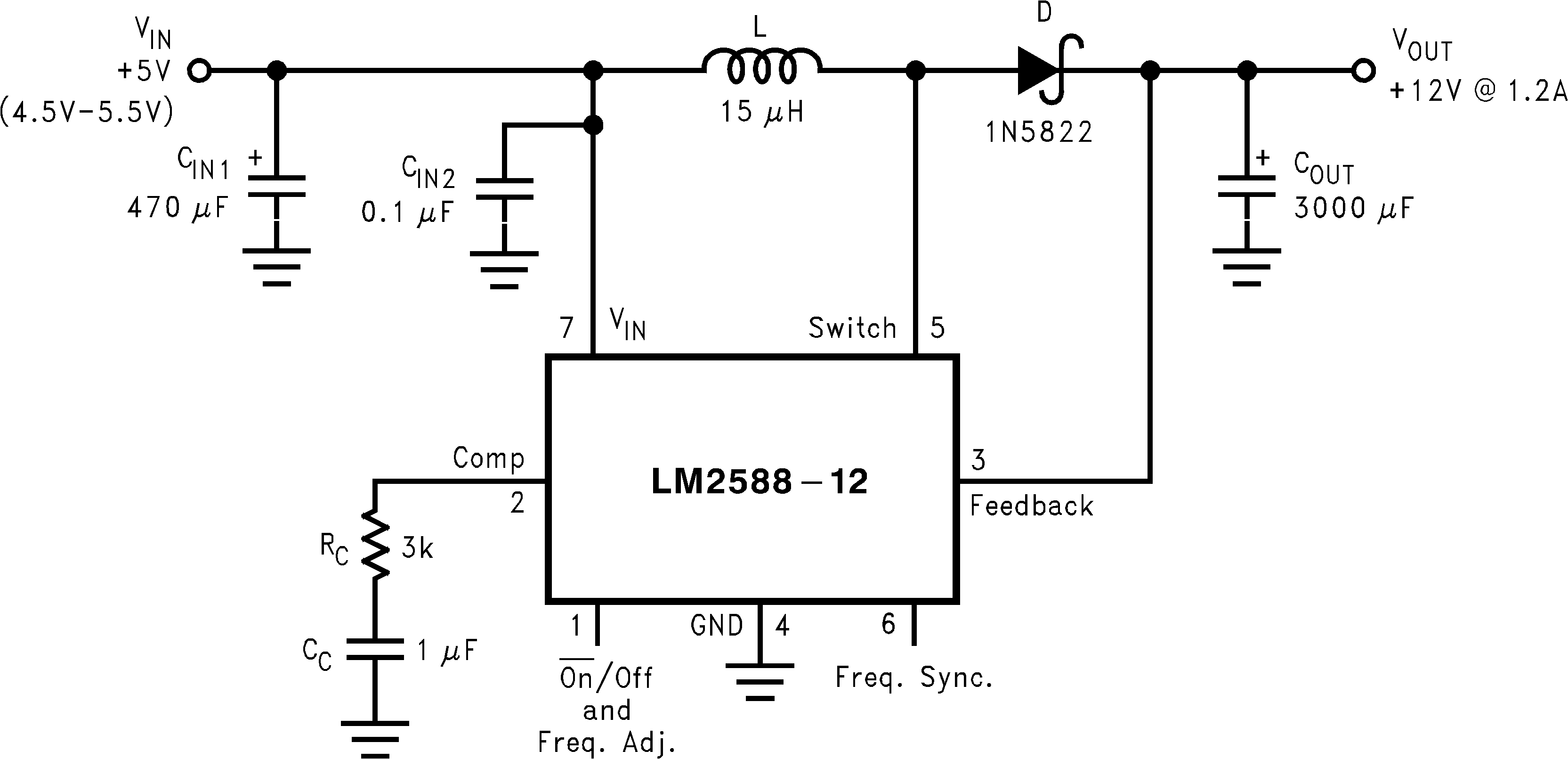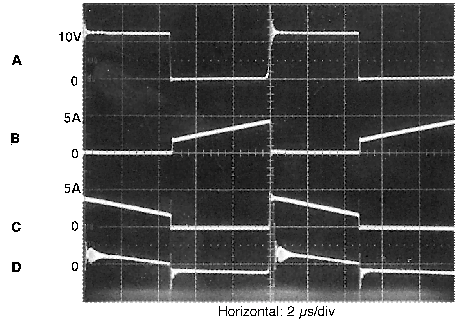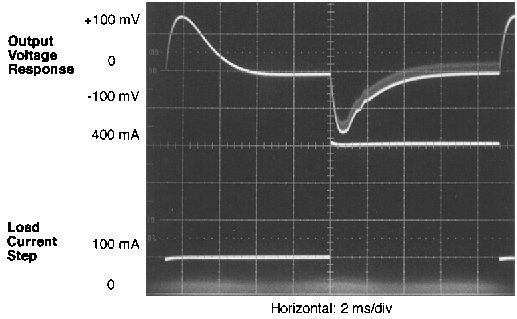SNVS117E April 1998 – June 2019 LM2588
PRODUCTION DATA.
- 1 Features
- 2 Typical Applications
- 3 Description
- 4 Revision History
- 5 Pin Configurations
-
6 Specifications
- 6.1 Absolute Maximum Ratings
- 6.2 ESD Ratings
- 6.3 Recommended Operating Ratings
- 6.4 Electrical Characteristics: 3.3 V
- 6.5 Electrical Characteristics: 5 V
- 6.6 Electrical Characteristics: 12 V
- 6.7 Electrical Characteristics: Adjustable
- 6.8 Electrical Characteristics: All Output Voltage Versions
- 6.9 Typical Characteristics
- 7 Detailed Description
- 8 Application and Implementation
- 9 Layout
- 10Device and Documentation Support
- 11Mechanical, Packaging, and Orderable Information
Package Options
Mechanical Data (Package|Pins)
Thermal pad, mechanical data (Package|Pins)
- KTW|7
Orderable Information
7.3.2 Step-Up (Boost) Regulator Operation
Figure 17 shows the LM2588 used as a step-up (boost) regulator. This is a switching regulator that produces an output voltage greater than the input supply voltage.
A brief explanation of how the LM2588 boost regulator works is as follows (refer to Figure 17). When the NPN switch turns on, the inductor current ramps up at the rate of VIN/L, storing energy in the inductor. When the switch turns off, the lower end of the inductor flies above VIN, discharging its current through diode (D) into the output capacitor (COUT) at a rate of (VOUT − VIN)/L. Thus, energy stored in the inductor during the switch on-time is transferred to the output during the switch off time. The output voltage is controlled by adjusting the peak switch current, as described in the section.
 Figure 17. 12-V Boost Regulator
Figure 17. 12-V Boost Regulator By adding a small number of external components (as shown in Figure 17), the LM2588 can be used to produce a regulated output voltage that is greater than the applied input voltage. The switching waveforms observed during the operation of this circuit are shown in . Typical performance of this regulator is shown in .

B: Switch Current, 5A/div
C: Output Rectifier Current, 5A/div
D: Output Ripple Voltage, 100 mV/div
AC-Coupled
